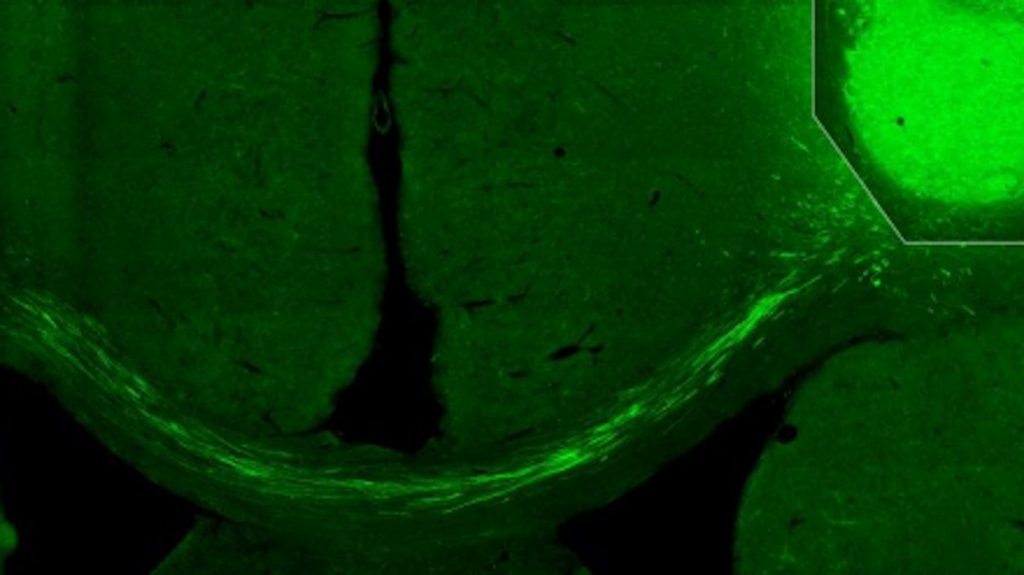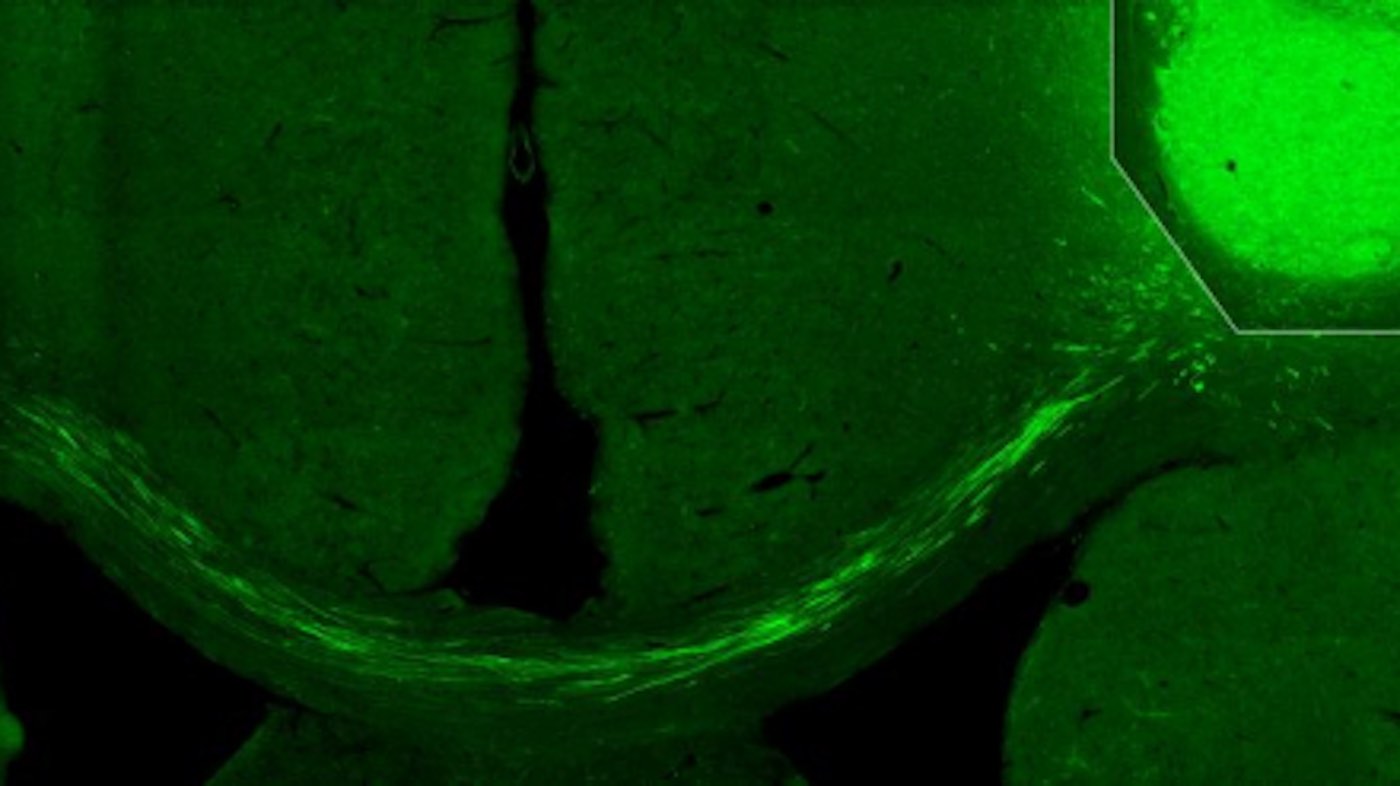Researchers at Lund University in Sweden have succeeded in restoring mobility and sensation of touch in stroke-afflicted rats by reprogramming human skin cells and transplanting them into the brain.
“Six months after the transplantation, we could see how the new cells had repaired the damage that a stroke had caused in the rats’ brains,” says Professor Zaal Kokaia, one of the researchers behind the study.
Several previous studies from the Lund team and others have shown that it is possible to transplant nerve cells derived from human stem cells or from reprogrammed cells into brains of rats afflicted by stroke. However, it was not known whether the transplanted cells can form connections correctly in the rat brain in a way that restores normal movement and feeling.
“We have used tracking techniques, electron microscopy and other methods, such as light to switch off activity in the transplanted cells, as a way to show that they really have connected correctly in the damaged nerve circuits. We have been able to see that the fibers from the transplanted cells have grown to the other side of the brain, the side where we did not transplant any cells, and created connections. No previous study has shown this,” says Kokaia, who—even though he and colleague senior professor Olle Lindvall have studied the brain for several decades—was surprised by the results.
RELATED: Irreversible No Longer—Blind Mice See Again Thanks To New Method of Synthesizing Lost Cells
The study was published in the Proceedings of the National Academy of Sciences (PNAS) last month.
“It is remarkable to find that it is actually possible to repair a stroke-damaged brain and recreate nerve connections that have been lost,” says Lindvall. “The study kindles hope that in the future it could be possible to replace dead nerve cells with new healthy nerve cells also in stroke patients.”
The researchers have used human skin cells that have been reprogrammed in the laboratory to become nerve cells. They were then transplanted into the cerebral cortex of rats, in the part of the brain that is most often damaged after a stroke. Now the researchers will undertake further studies.
“We want to know more about how the transplanted cells affect the opposite hemisphere of the brain. We also want to take a closer look at how a transplant affects intellectual functions such as memory. In addition, we will study possible side effects,” says Kokaia. “Safety is, of course, extremely important for cell transplantation if it is going to be used clinically in the future.”
Reprinted from Lund University

Photo by Lund University.
Treat Your Friends To The Exciting News By Sharing It To Social Media…




















